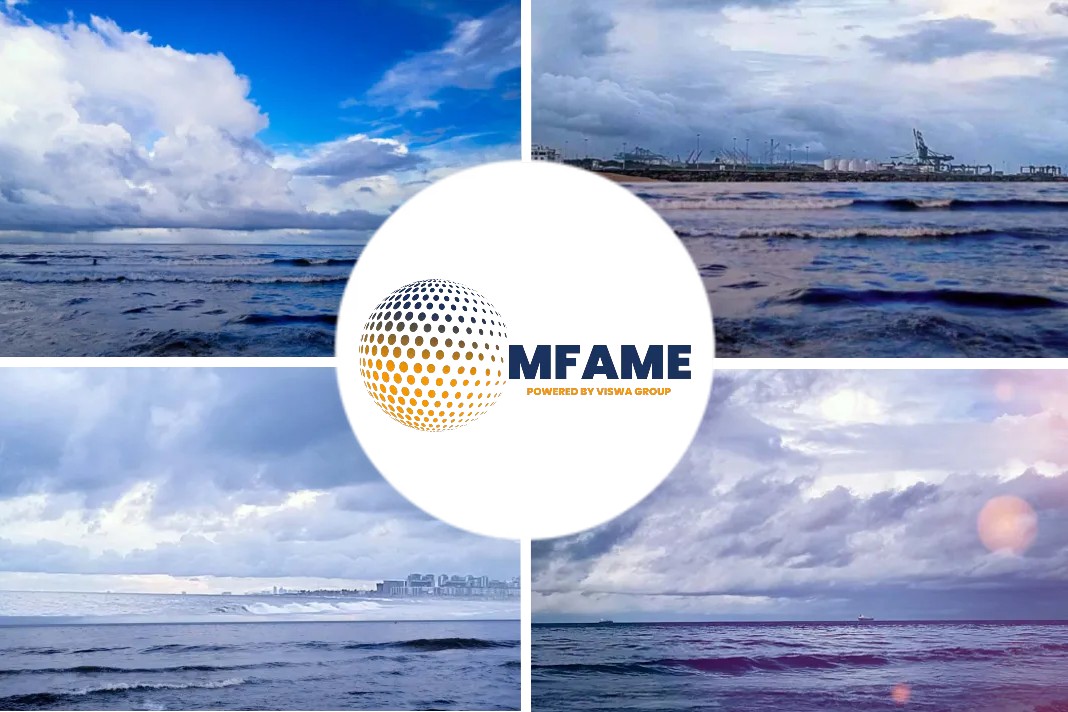RAI takes a fresh look at its December 2017 study and updates it with the latest publicly available information, reports Ship & Bunker.
What will happen to HSFO with global cap approaching?
- There will be plentiful Marine Gas Oil (MGO) at a premium over the current 3.5%S IFO 380 of about $200 to 300/MT, with possibly a higher peak price in mid-2020.
- There will be a “moderate” amount of VLSFO (very low sulfur “residual” fuel oil); the price will be $40 to $80/MT less than MGO.
But the big problem will be the variability of VLSFO properties, particularly viscosity, which will span a range of 20-30cSt to 120cSt to 320-380cSt.
In addition to stability and compatibility issues, the big decision will be on thermal shocks and leakage around piston.
And finally, 3.5%S HSFO is not dead as the avalanche of scrubber orders are overwhelming manufacturers.
A summary of the finding is in Table 1 below.
The IMO 2020 tackling will be difficult because of the following reasons –
- Most of the world’s refiners are changing their crude diets by using blends of LS crudes in anticipation of IMO 2020, so atmospheric and vacuum bottoms are around 0.4 to 0.8 %S.
- If VLSFO spans 30cSt to 380cSt, for 30 to 50cSt VLSFO range, the available amount doubles by using more readily available LS gasoils but at higher costs.
- Finally, a very important consideration is the use of low Sulfur crudes either as blend components or directly as VLSFO. Almost 50% of the world’s crudes are 0.8% or less, and eminently suitable for making VLSFO.
Study Methodology
The input for the availability study was the Oil & Gas Journal refining database combined with typical refinery LP models (US, EU, and APA models) to determine process unit yields, e.g. ATM/VAC resid yields, LAGO/HAGO, VGO. FCC LCO and slurry, coker gasoil, etc.<br />
We have done this for three distinct refining regions:
- USA, which has many delayed cokers, the main source of MGO, and many large FCC’s producing copious amounts of LCO and slurry.
- EU, which has the largest amount of Visbreakers, producing low sulfur visbreaker tar, the main ingredient in residual bunkers.
- Asia-Pacific Area (APA), which has a mix of conventional refinery units and resid desulfurization.
For each region, the aggregated process unit capacities and refining yields was used to estimate the production of ATM/VAC/VBK resid, AGO, VGO, VB GO, CKR GO, LCO, Slurry, etc. Examples are illustrated (partially) in Table 2 and Table 3.
The availability of low Sulfur crudes in the 3 geographical regions was also determined
- USA LS crudes, including shale crudes, LLS, Cushing WTI, imported Nigeriaa.
- EU LS crudes from the North Sea, e.g. Brent, imports from Libya, Azeri Light, West African LS crudes.
- APA LS crudes mostly from Indonesia and Malaysia.
Typical recipes were used for making a variety of VLSFO spanning 20cSt to 380cSt to determine how much MGO, VLSFO, and HSFO can be produced.
Further considerations
Equally important as calculation of refining marine fuel production capacity is “Market Sentiment” or psychology.
It is widely assumed that all the procrastinators who did not prepare adequately (refiners, blenders, oil terminals, shipowners) will pay a high price between October 2019 and October 2020 because there will be an artificial “peak” demand of MGO – the temporary easy but costly way out – until the VLSFO and scrubber markets shake out.
All the refiners that have cokers will make a “killing” temporarily, with premiums soaring to $300 to $400/MT above current HSFO, but it is doubtful this will continue long enough to justify the initial coker projects ROI.
Conclusions drawn from the study
- The market will have adequate 2020-compliant marine fuel, whether MGO, VLSFO, or HSFO for scrubbers.
- The price range will vary widely, depending on the geographical location, supplier production capability, and fuel specs.
- The proliferation of fuels, particularly ones claimed to be IMO 2020-compliant VLSFO will require extra vigilance to ensure the fuel quality is “fit for purpose” per ISO 8217-2017.
Did you subscribe to our daily newsletter?
It’s Free! Click here to Subscribe!
Source: Ship & Bunker





























